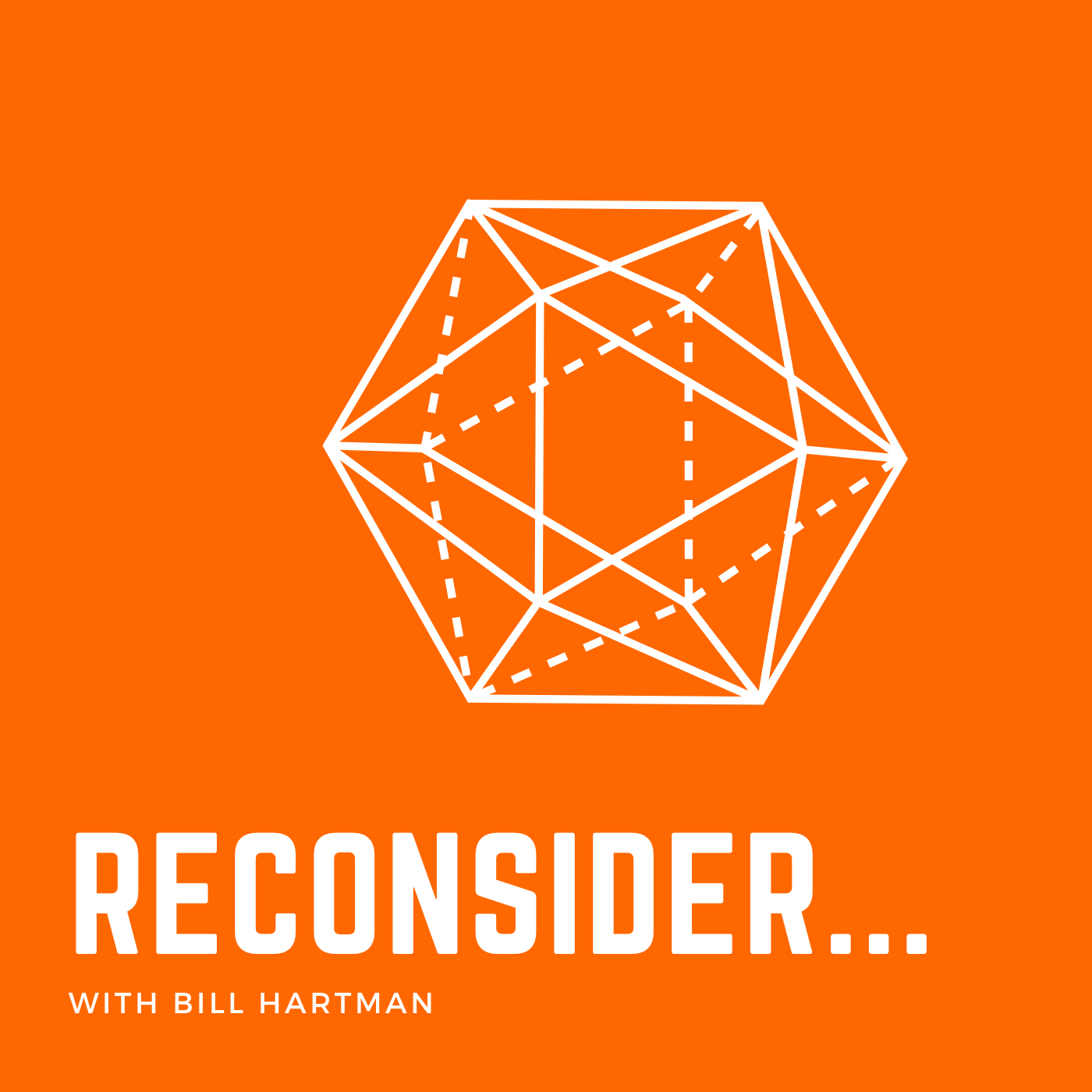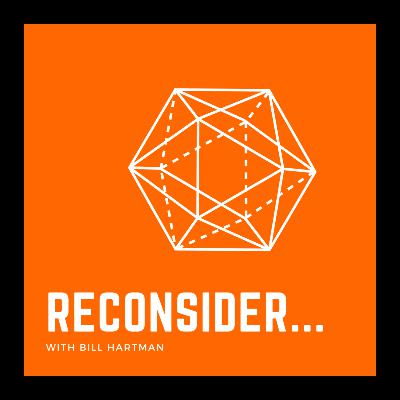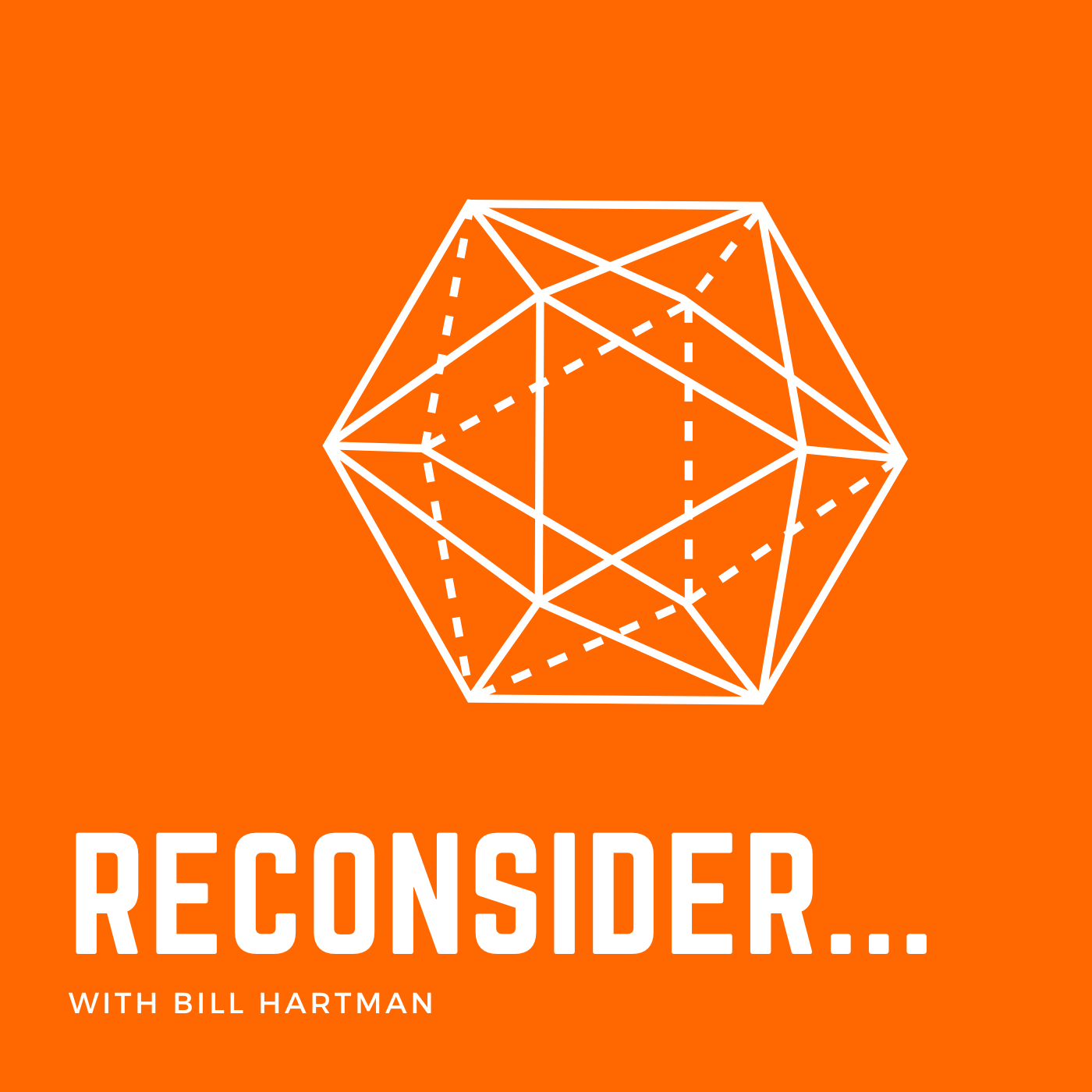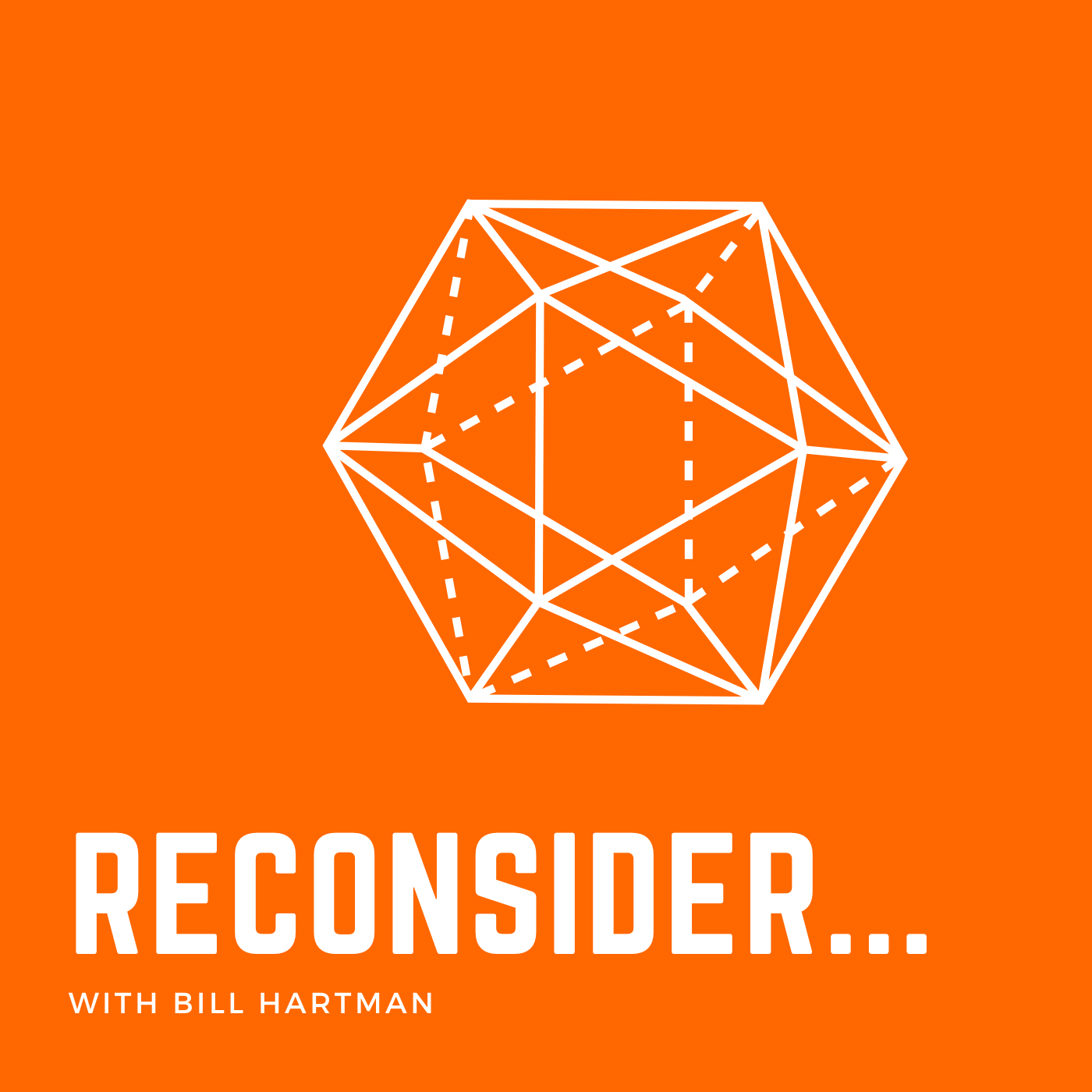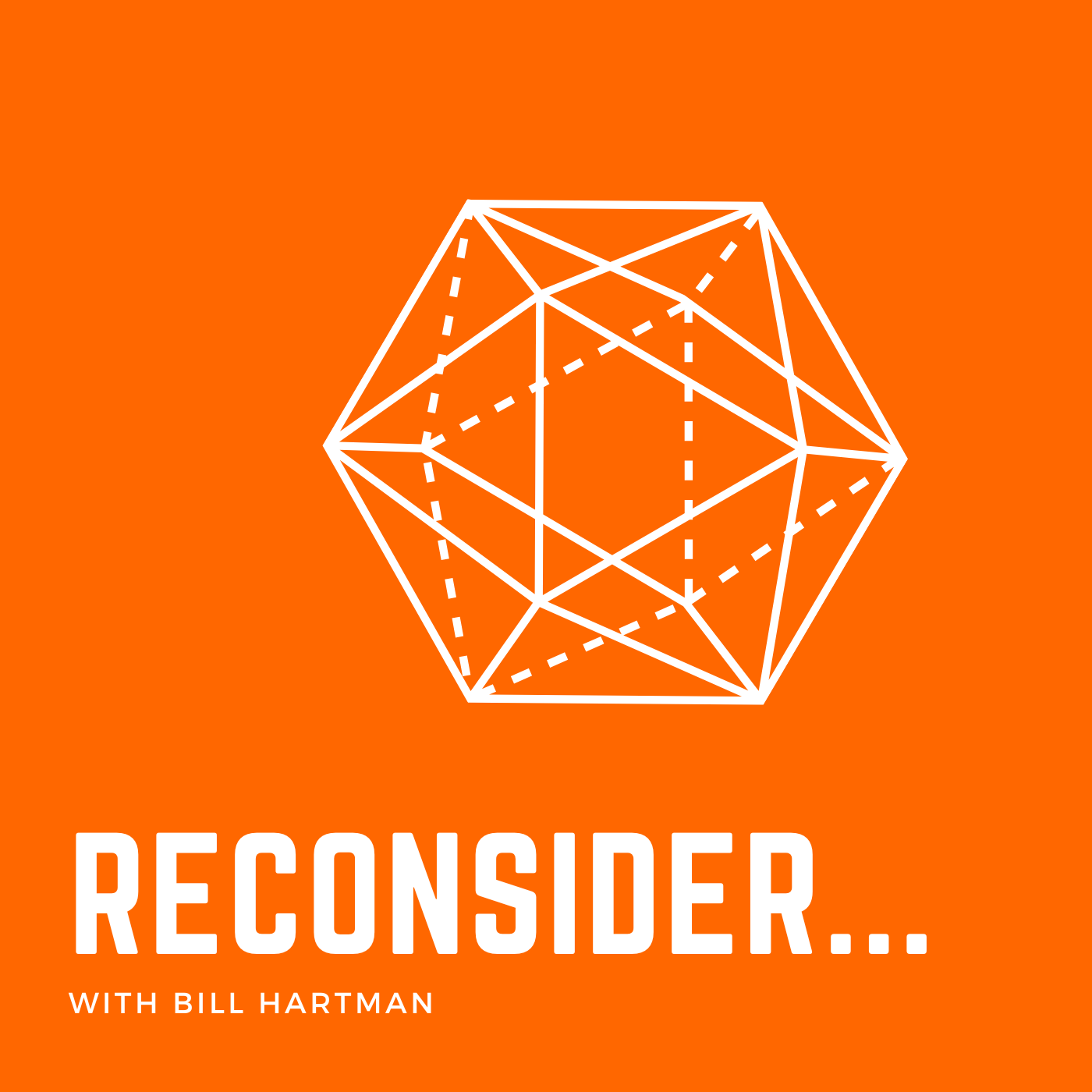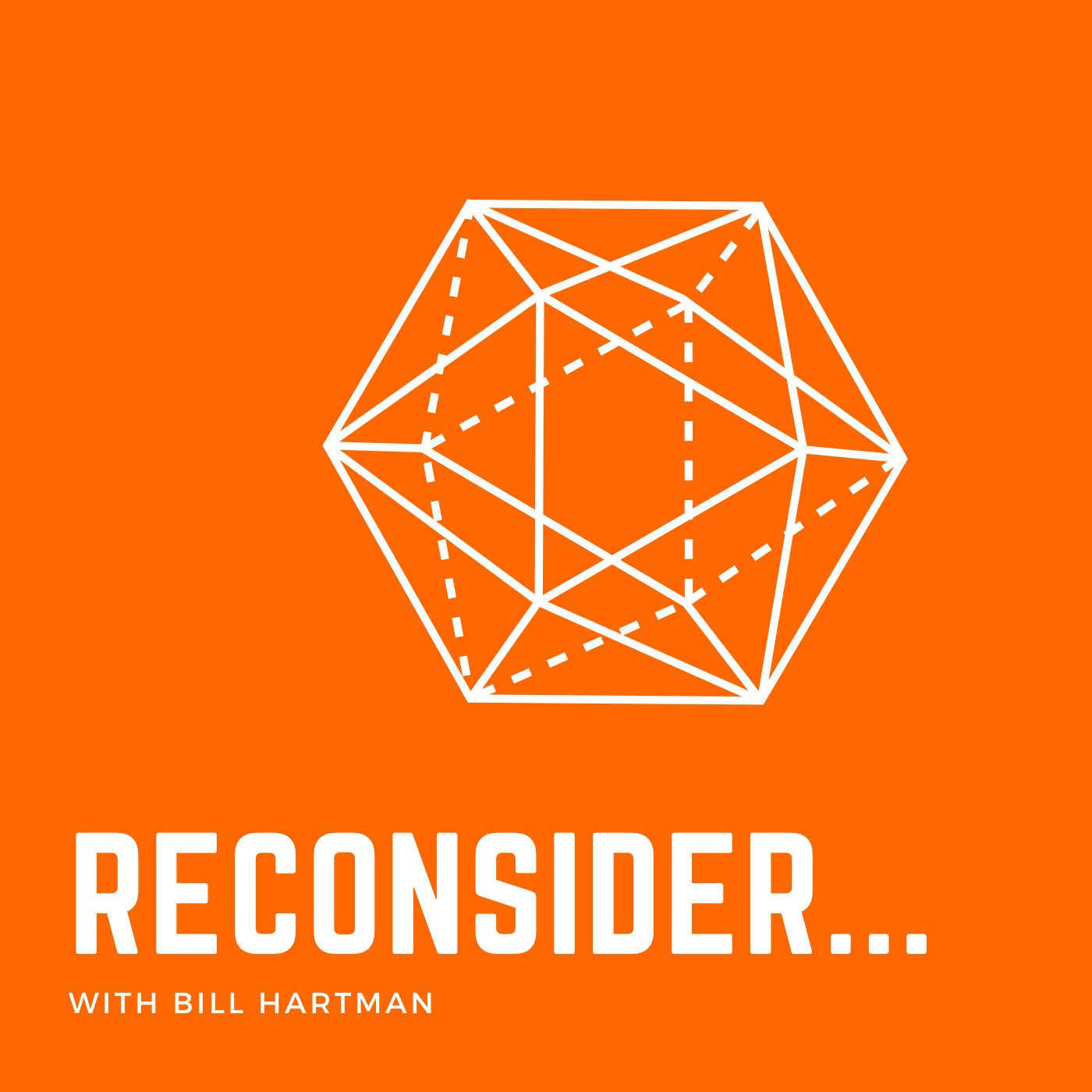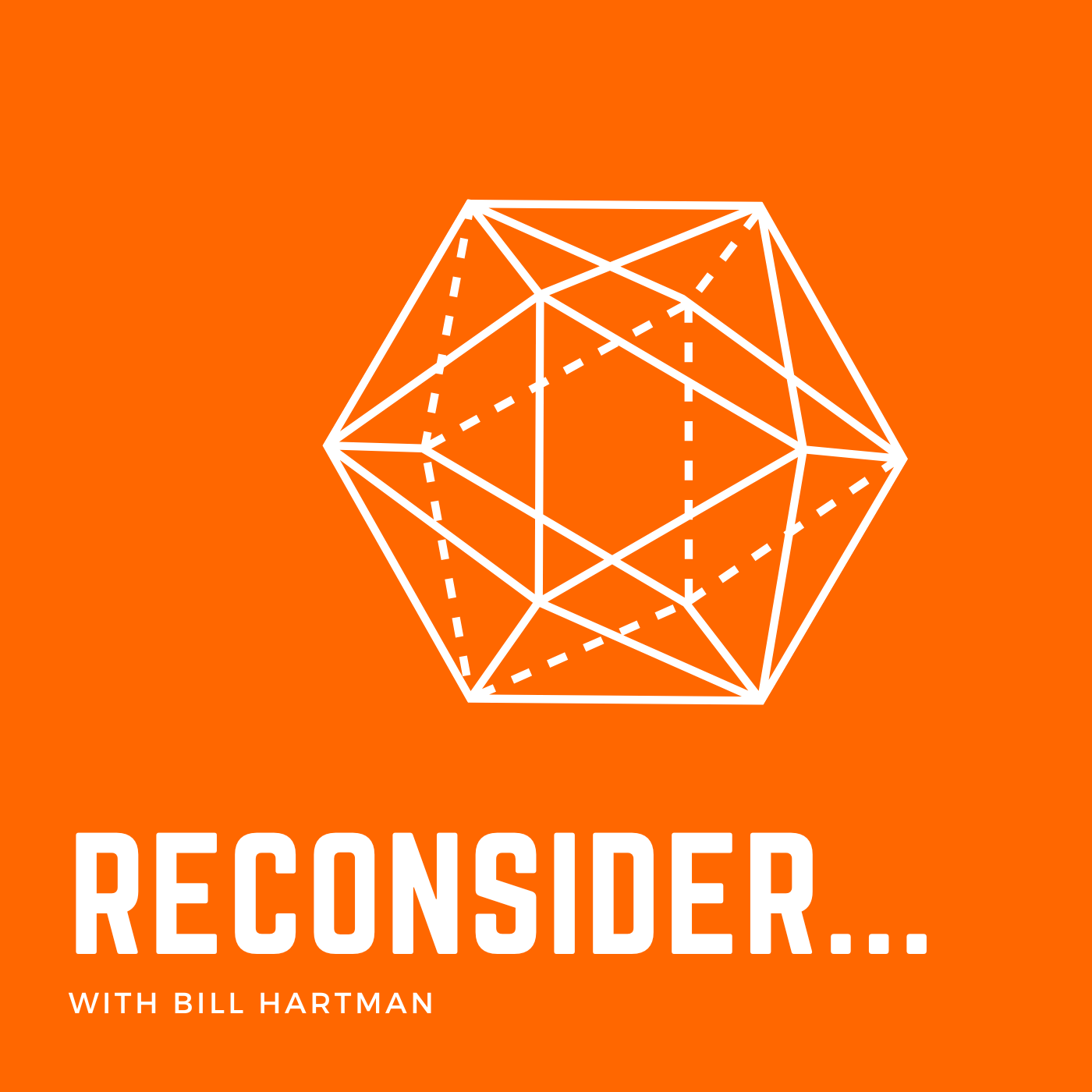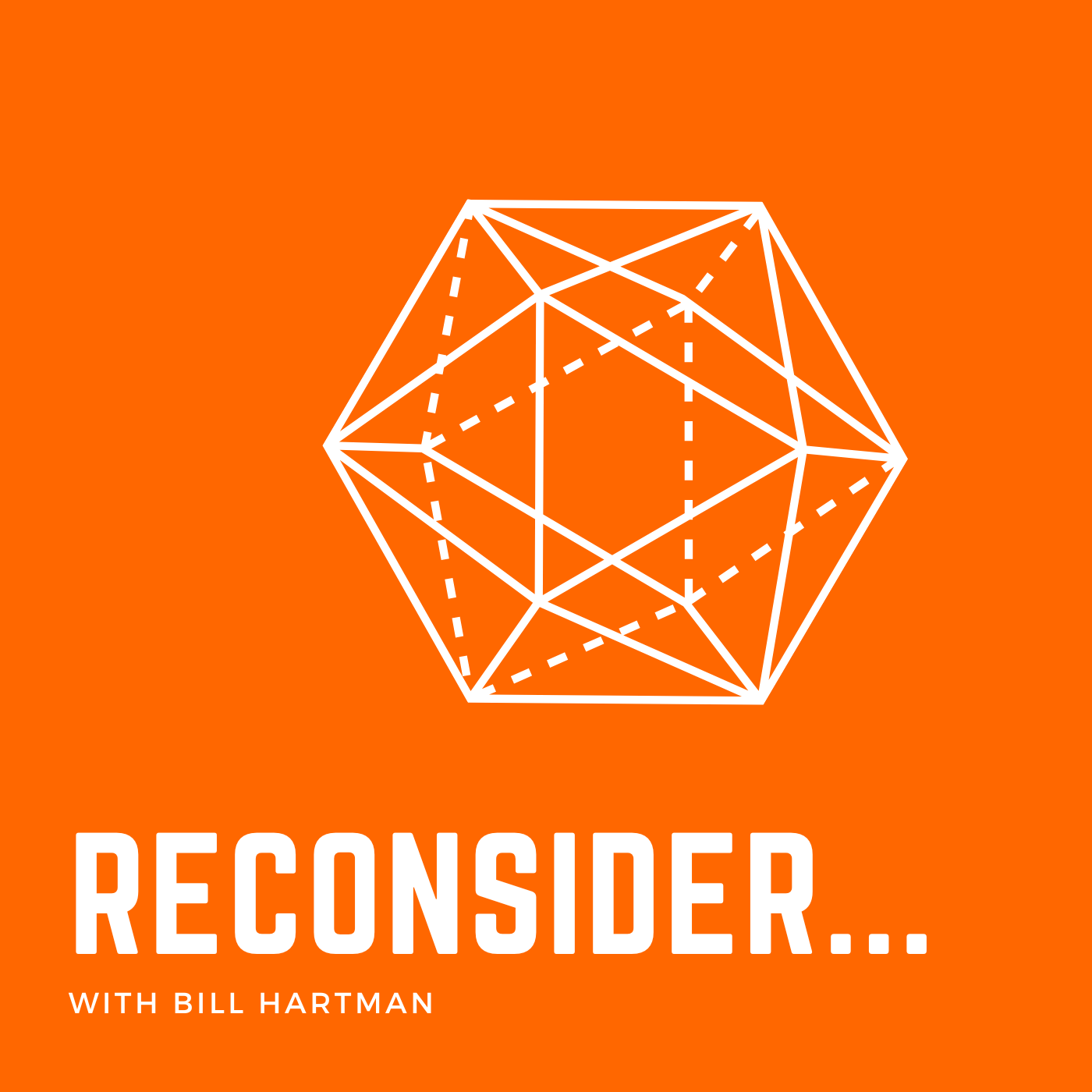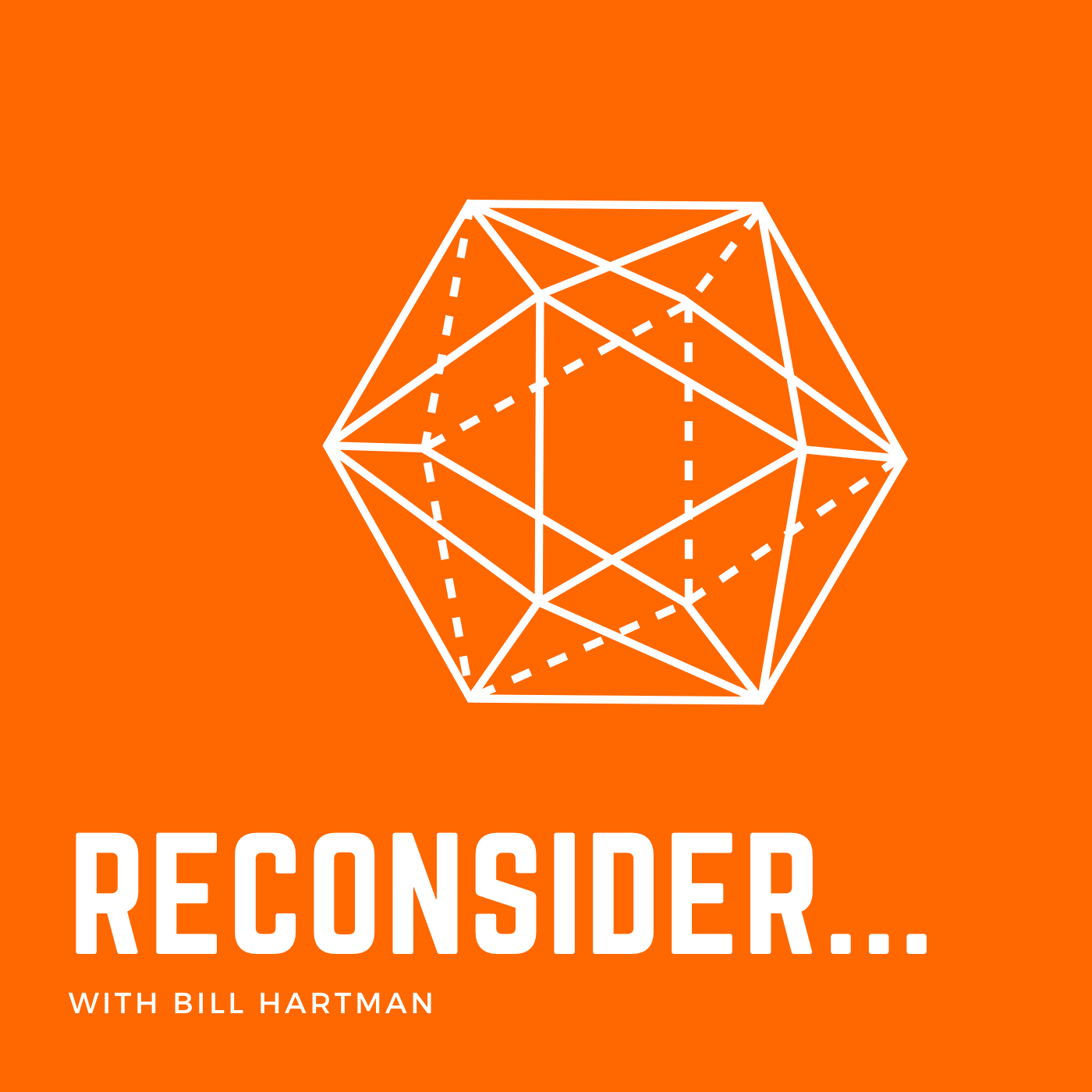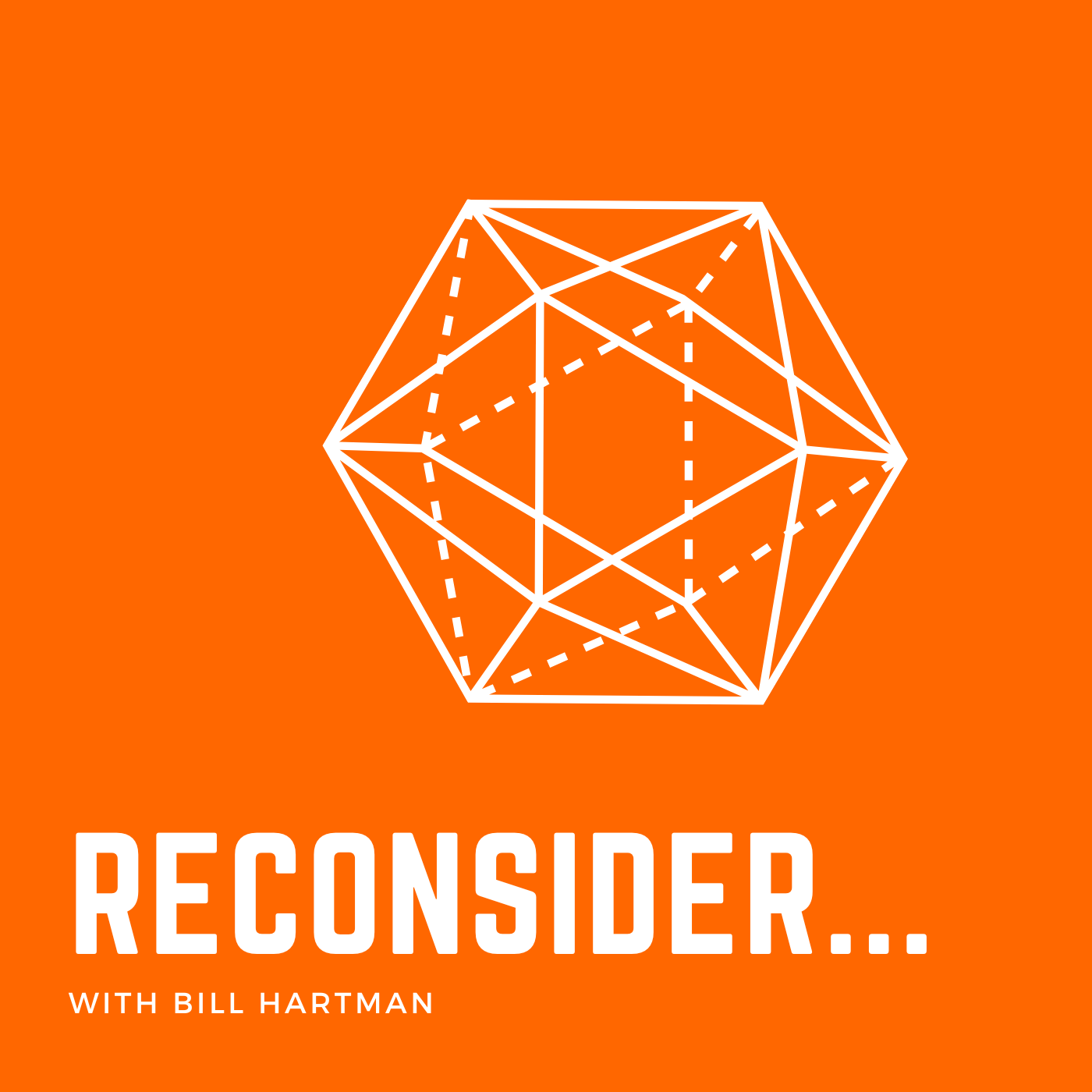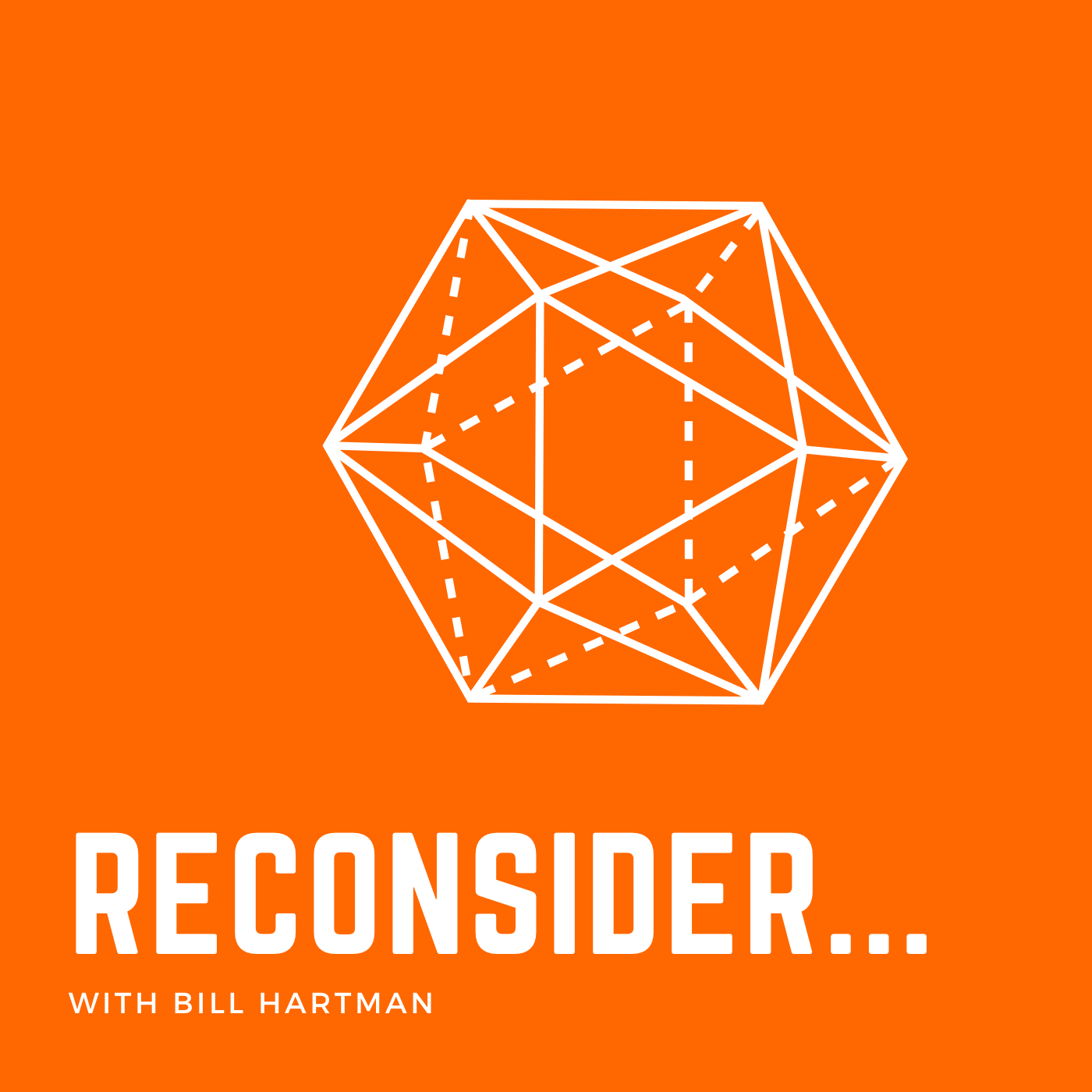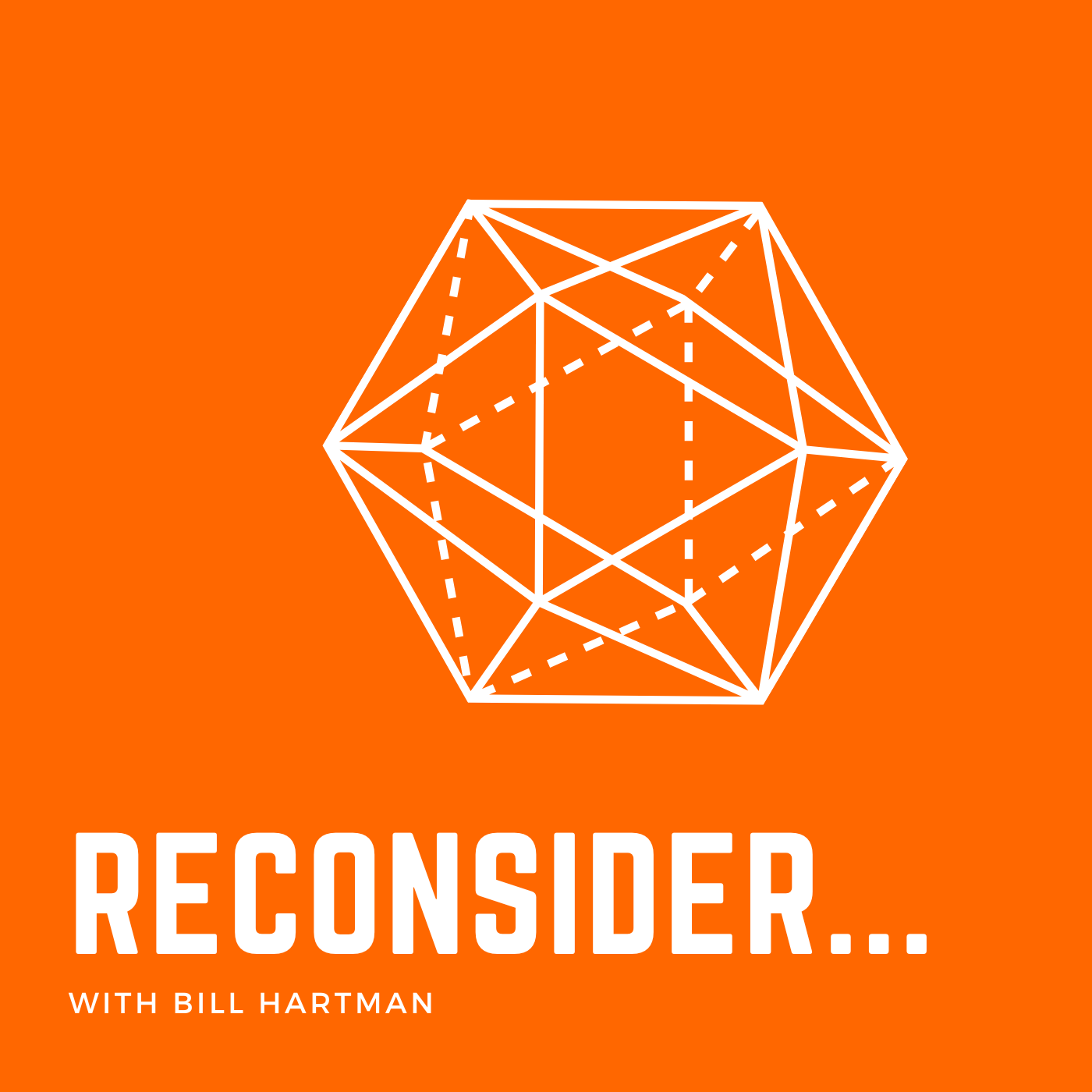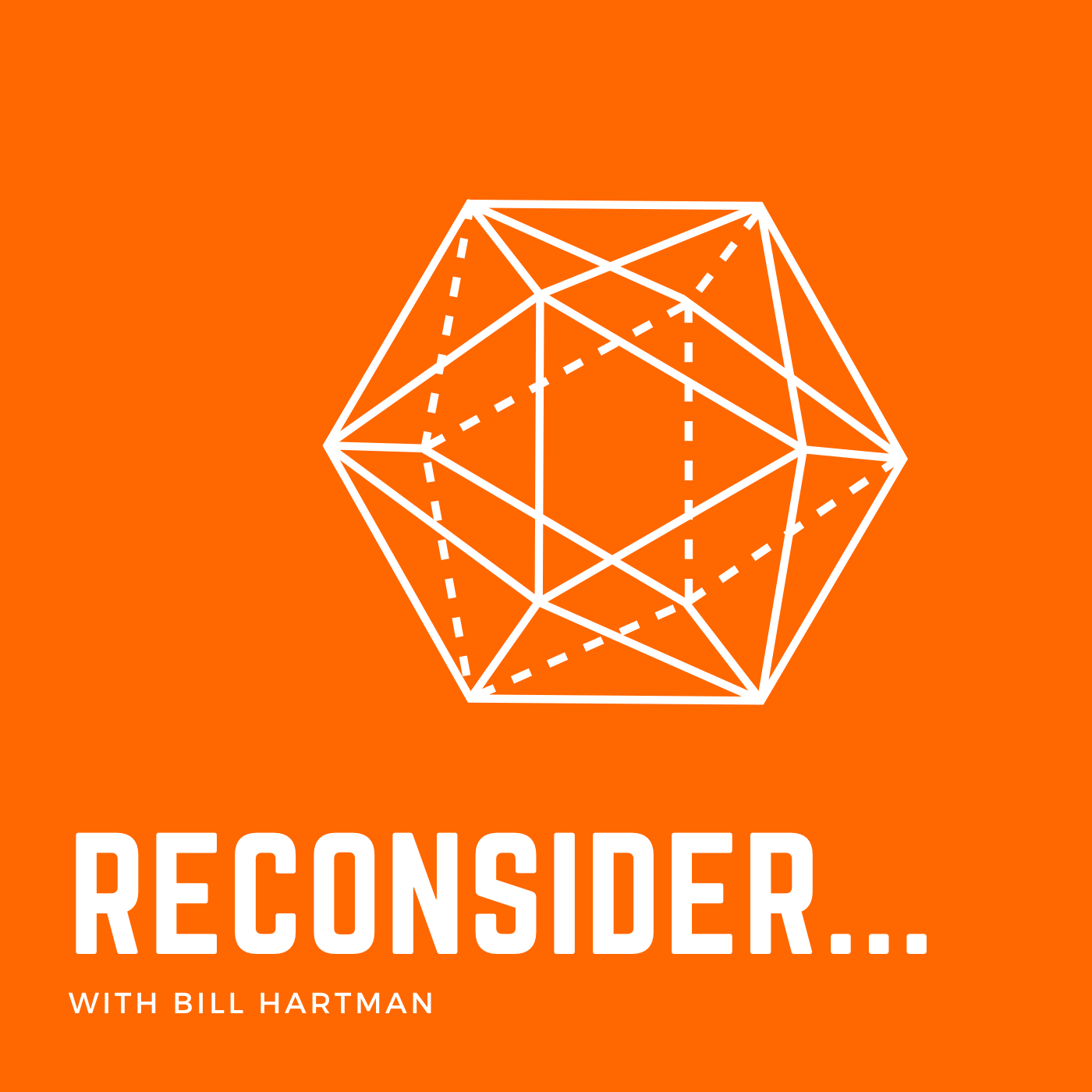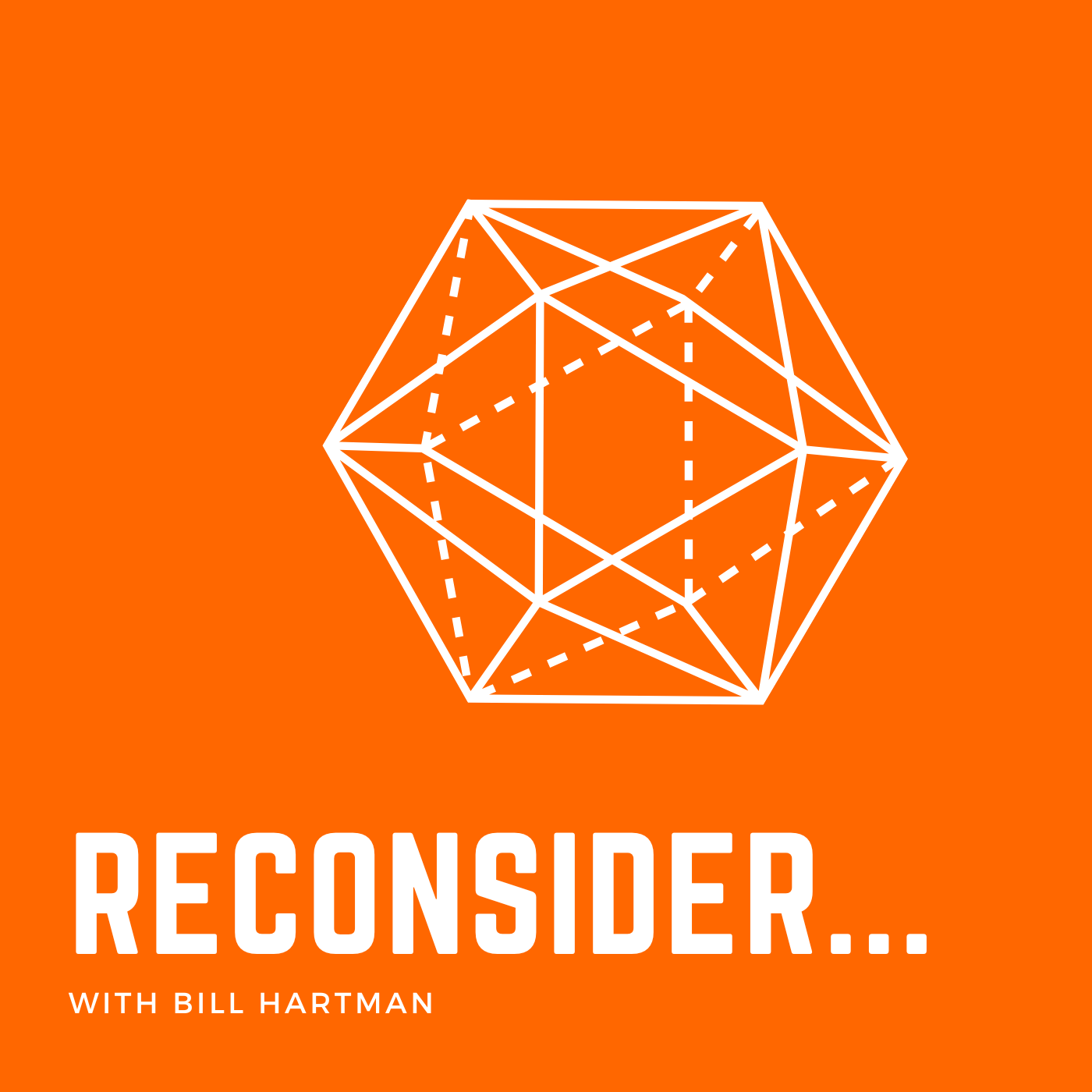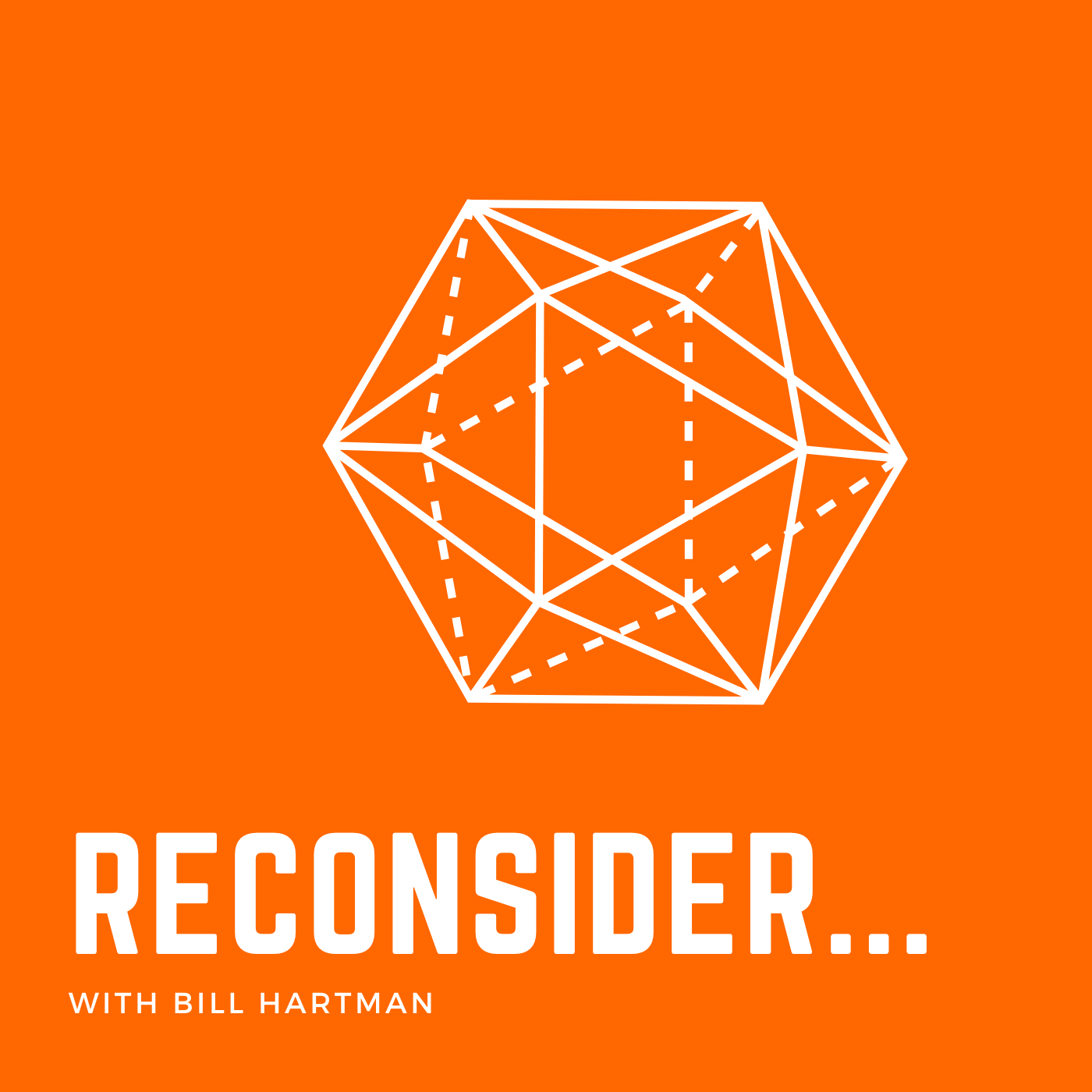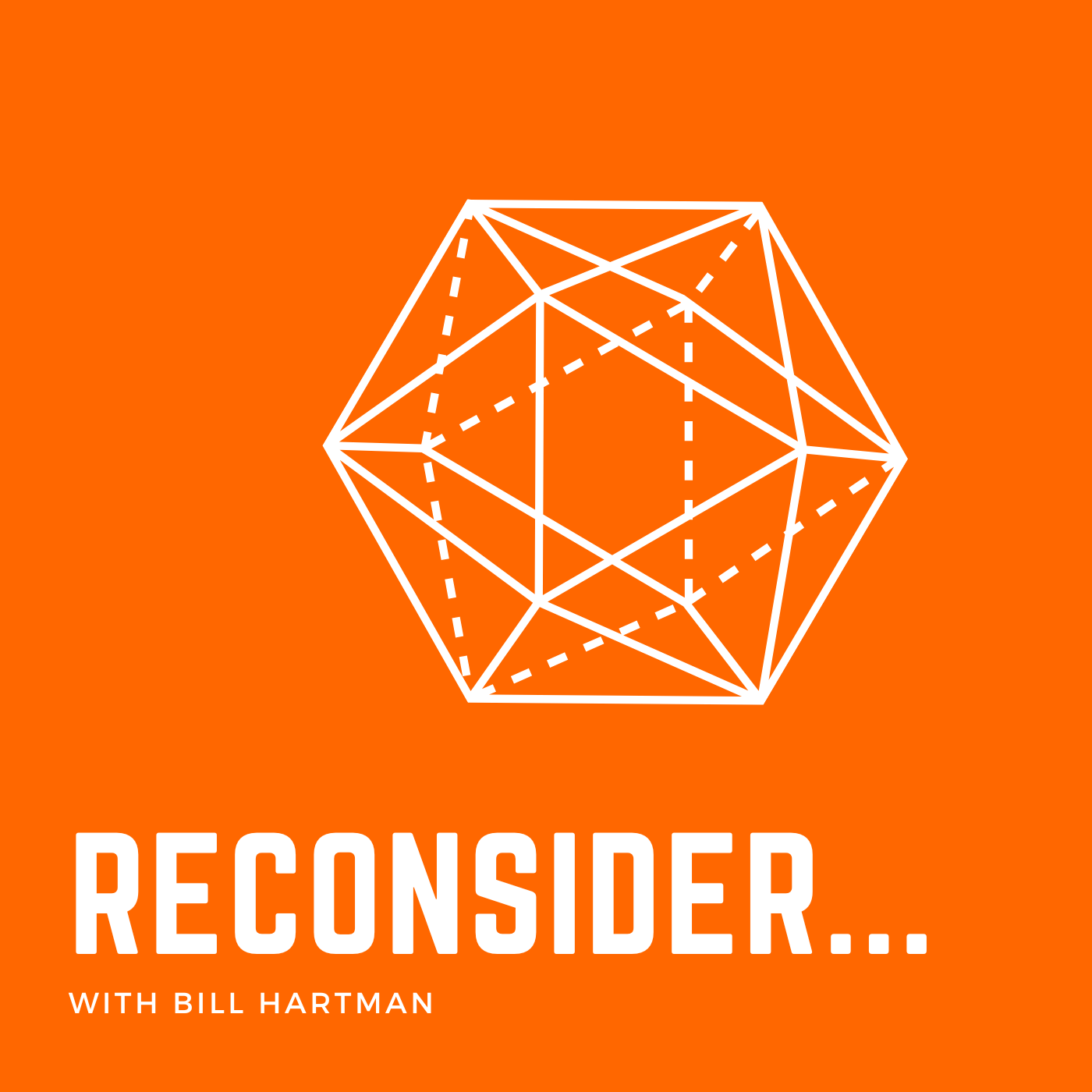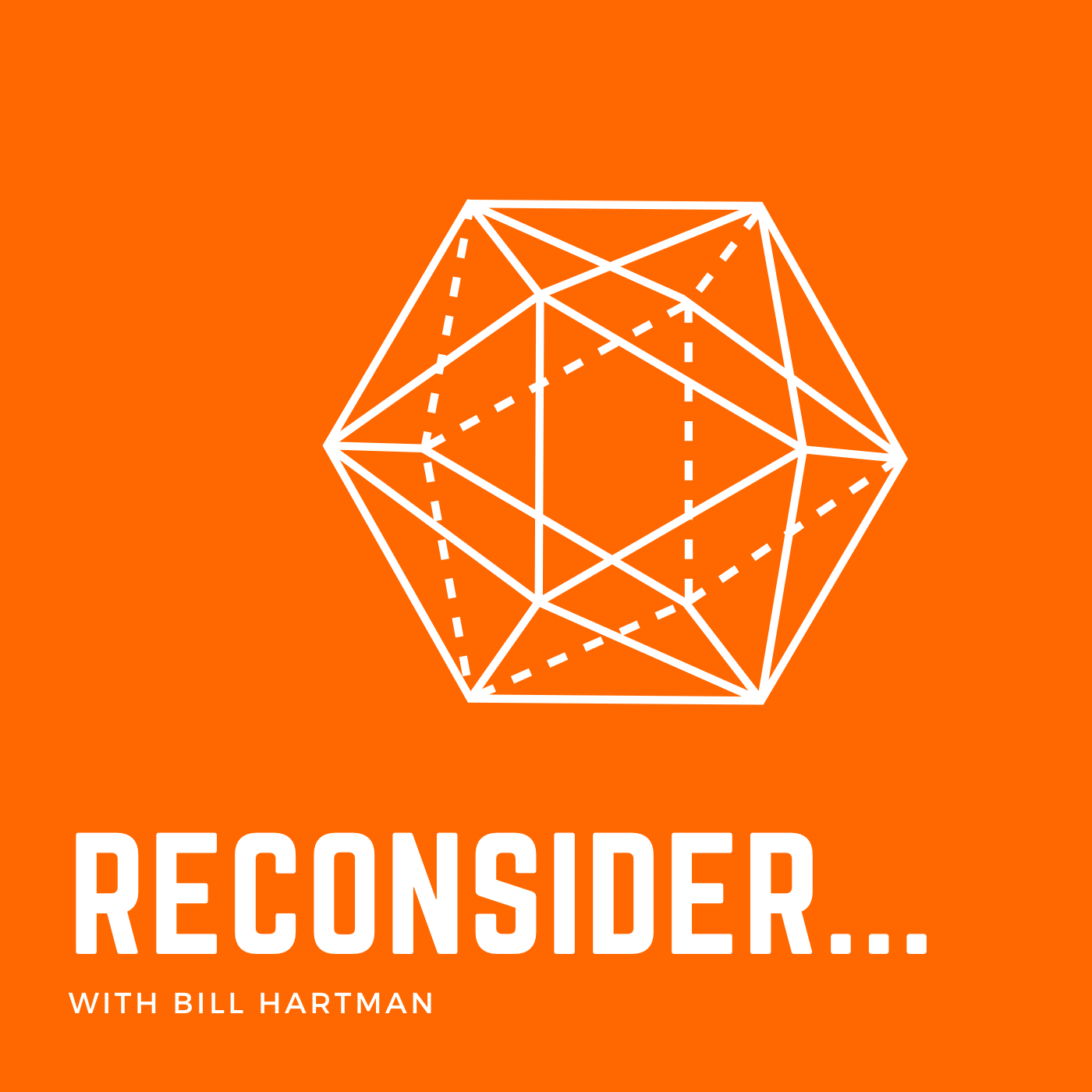RECONsider... Infrasternal Angle Explained and Applied with Bill Hartman | Episode #61
Description
Free articles and courses about ISA from Bill Hartman at http://uhp.network
Try Bill’s training program based on YOUR ISA at http://www.reconu.co
Episode Summary:
In this episode, Chris and Bill continue their discussion on the Infra-Sternal Angle (ISA), diving deeper into how to identify and assess it, the implications of narrow vs. wide archetypes, and how this understanding can guide more individualized movement and training strategies. They demystify common misconceptions, clarify measurement expectations, and highlight how structural biases affect both breathing and performance potential.
Chapters:
00:00 – Introduction to the ISA Discussion
01:14 – Clarifying Archetype Confusion
01:59 – The Helical Nature of the ISA
04:30 – Biases of Wide vs. Narrow Archetypes
05:19 – Measuring the ISA: Article and Video Resource
06:13 – Hands-On Expectations with Narrows
08:40 – Hands-On Expectations with Wides
10:39 – Assessing Intervention Impact on Relative Motion
12:23 – Limitations of Clinical Populations
13:36 – Table Measure Differences in Narrows and Wides
17:12 – Training Considerations by Archetype
18:37 – Training Risks for Narrows
20:20 – Training Risks for Wides
21:50 – Compression vs. Expansion in Both Archetypes
23:03 – Episode Wrap-Up and ISA Takeaways
Key Takeaways:
ISA is a Helical Concept: Not a flat-plane angle, and shouldn't be oversimplified.
Structural Biases Matter: Narrows compress well and struggle to expand; wides expand easily but struggle to compress.
Movement Assessment Requires Nuance: Table measures should be understood through the lens of structural archetypes.
Training Should Be Archetype-Specific: Optimizing performance and minimizing compensation starts with matching intervention to structure.
Avoid Overcompensation: Excessive training that aligns too strongly with a person’s structural bias can reduce variability and create new limitations.
LEARN MORE
JOIN the UHP Network to learn directly from Bill through articles, videos and courses.
FOLLOW Bill on IG to stay up to date on when his courses are coming out:
IG: https://www.instagram.com/bill_hartman_pt/
TRAIN WITH BILL
Interested in the only training program based on Bill Hartman’s Model?
Join the rapidly growing community who are reconstructing their bodies at https://www.reconu.co
FREE EBOOK by Bill about the guiding principles of training when you fill out your sign-up form.
SUBSCRIBE for even more helpful content:
YT: https://www.youtube.com/@BillHartmanPT
IG: https://www.instagram.com/bill_hartman_pt/

